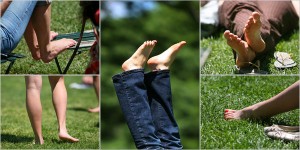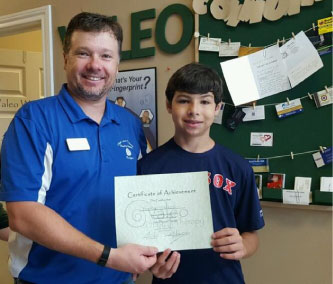Heel pain affects approximately 10% of the US population, resulting in 1 million medical visits per year for treatment. Plantar fasciitis is typically the diagnosis the patient receives during the medical visit; however, plantar fasciitis is only one potential cause of heel pain. The plantar fascia is a strong, dense strip of tissue that runs from the heel to the ball of the foot. Its sole job is to support the arch of the foot. Nice Plantar Fascia & Heel Spur Review
It is easy to see how the plantar fascia may be causing all this pain as the foot impacts the ground when you think about how often the full weight of the body is concentrated on the plantar fascia. This forces it to stretch as the arch of the foot flattens from the full weight of the body, possibly leading too stress where the plantar fascia attaches at the heel bone. If this keeps up, the result can be pain caused by small tears of the fascia.
If it is not the plantar fascia then what else could be causing my heel pain?
– Calf muscle weakness/trigger points (muscles on the back of the lower leg) can result in referred pain directly to the heel. We see this after someone has changed/added a workout program or modified the type of shoes they wear. This adds additional stress to the calf muscles that they may not have been ready for and lead small areas of irritation in the muscles.
– Calf muscle tightness – this causes the connective tissue surrounding the muscle to pull harder on the Achilles tendon leading to tightness at the heel, possibly resulting in the pain you’re feeling. Study Discussing Heel Pain Treatment
– Sciatic nerve irritation – the nerve that runs from the low back through the hip and down the leg to the foot can get tight or pinched not allowing the nerve to move easily as you walk. This can lead to irritation of the nerve causing pain that is located at the heel. This is very common for anyone with any history of low back pain or hip pain.
– Poor Posture – if you sit slumped forward most of the day the muscles and structures from the back of your neck, upper back, lower back, and hips can get tight and shortened, consequently pulling on the heel.
– Weakness of the muscles around the hip can cause muscles in the leg to shorten to help stabilize, consequently pulling on the heel.
Why is this so confusing?
It may be hard for you to pinpoint the cause of heel pain yourself because the symptoms are the same for all of the above listed causes. No matter what the cause, you will experience pain on or around the heel when weight is placed on the foot. This is usually worse in the morning, especially with the first few steps after getting out of bed. In most cases, there is no pain at night, but this is not a rule as many of our patients report increased pain at night. Pain of typical plantar fasciitis is typically believed to decrease over the course of the day as the tissue warms up; however, our patients have also reported increased discomfort as the day progresses, leading us investigate other areas as the source or cause. Additionally, prolonged standing, walking, or getting up after long periods of sitting are commonly reported with all of the above causes. Again, the reports can be as varied as the potential causes.
Activities that make the pain worse:
– Excessive running or jumping
– Changing physical activity (especially for athletes)
– High arches, flat feet, abnormal gait
– Wearing improper shoes while walking or running
The Steps to Relieve Heel Pain
In most cases, heel pain does not require surgery and can be treated conservatively, but the first step is to obtain an evaluation by your physical therapist who can help pin point the actual cause of the pain that’s specific to you. It is important to not treat the symptom of heel pain, but to isolate and treat the cause.
Your physical therapist may then recommend treatment or referral to a doctor or podiatrist, depending on the needs of your particular condition. In extremely painful conditions, your doctor may prescribe anti-inflammatory medications and should refer you to physical therapy. In some cases, your doctor may give you a cortisone shot to address excessive inflammation.
Most people with heel pain get better with physical therapy, but don’t wait. The longer you “live” with the pain the longer it may take to get rid of it as your body adapts. Most acute cases (less than 30 days) can get better within 6-8 sessions. Additionally, therapy should include activities that directly address the cause of your heel pain and are designed to include you in the healing process, so your participation is critical.
At Valeo Physical Therapy, we specialize in revolutionary treatment techniques that directly treat the cause of your foot/heel pain, not the symptom. For more information or to find out if you are a good candidate for our services sign up for a FREE Discovery Session with one of our PTs by clicking this link and picking your best time.


